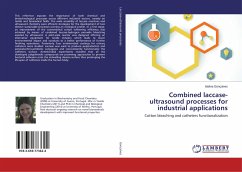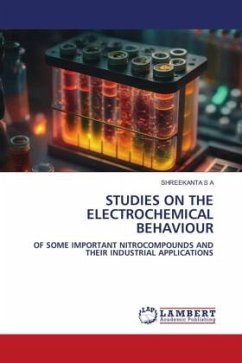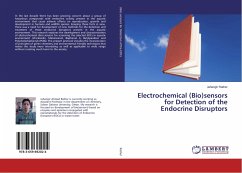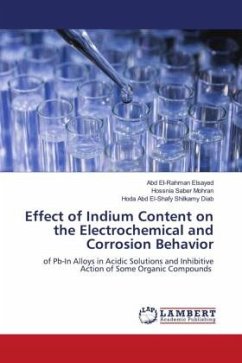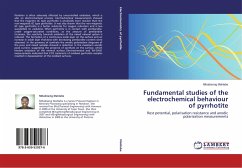The effect of ultrasound on dye degradation and the anodic behaviour of copper was studied. Dye degradation was studied by bulk sonolysis and bulk electrolysis of aqueous solutions containing three model dyes. Electrolytic dye degradation was achieved using potassium chloride, potassium sulphate, and potassium nitrate as electrolytes. Electrochemical degradation was fastest using potassium chloride since chlorine and hence hypochlorite (bleach) were generated during electrolysis. Ultrasound was found to degas chlorine and this resulted in slow sonoelectrochemical degradation rates. This was not the case when potassium sulphate and potassium nitrate were used as electrolyte and the sonoelectrochemical process revealed a synergistic effect of ultrasound and electrochemistry during dye degradation. This synergistic effect was a result of the improved mass transport during sonication. The electrochemistry of copper was studied by anodic polarisation of a copper electrode and the effect of ultrasound upon the voltammetry and chronoamperometry of copper was established. Anodic dissolution of copper was found to be promoted by sonication.
Bitte wählen Sie Ihr Anliegen aus.
Rechnungen
Retourenschein anfordern
Bestellstatus
Storno


